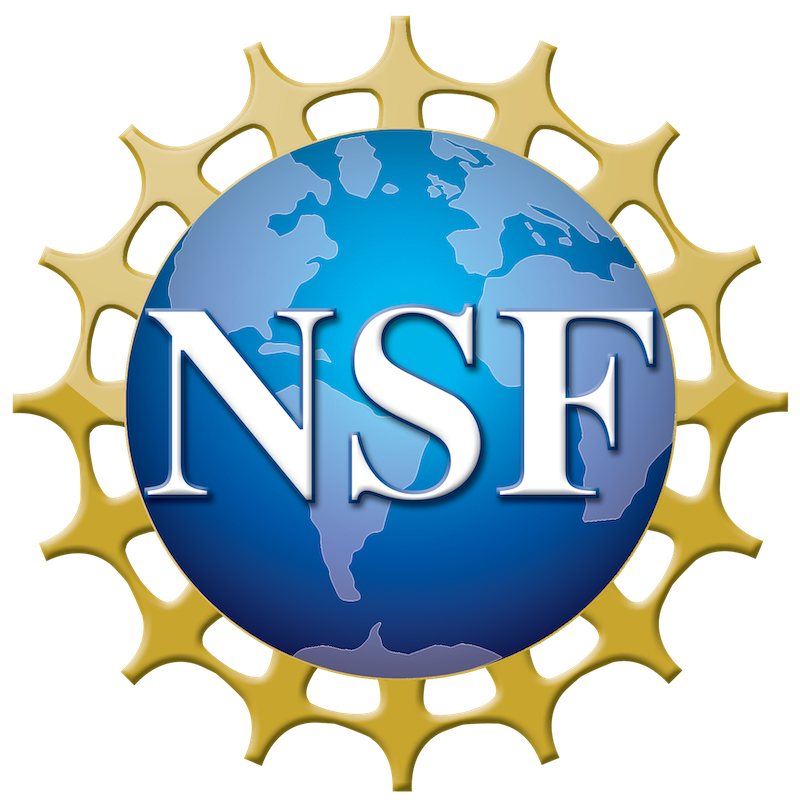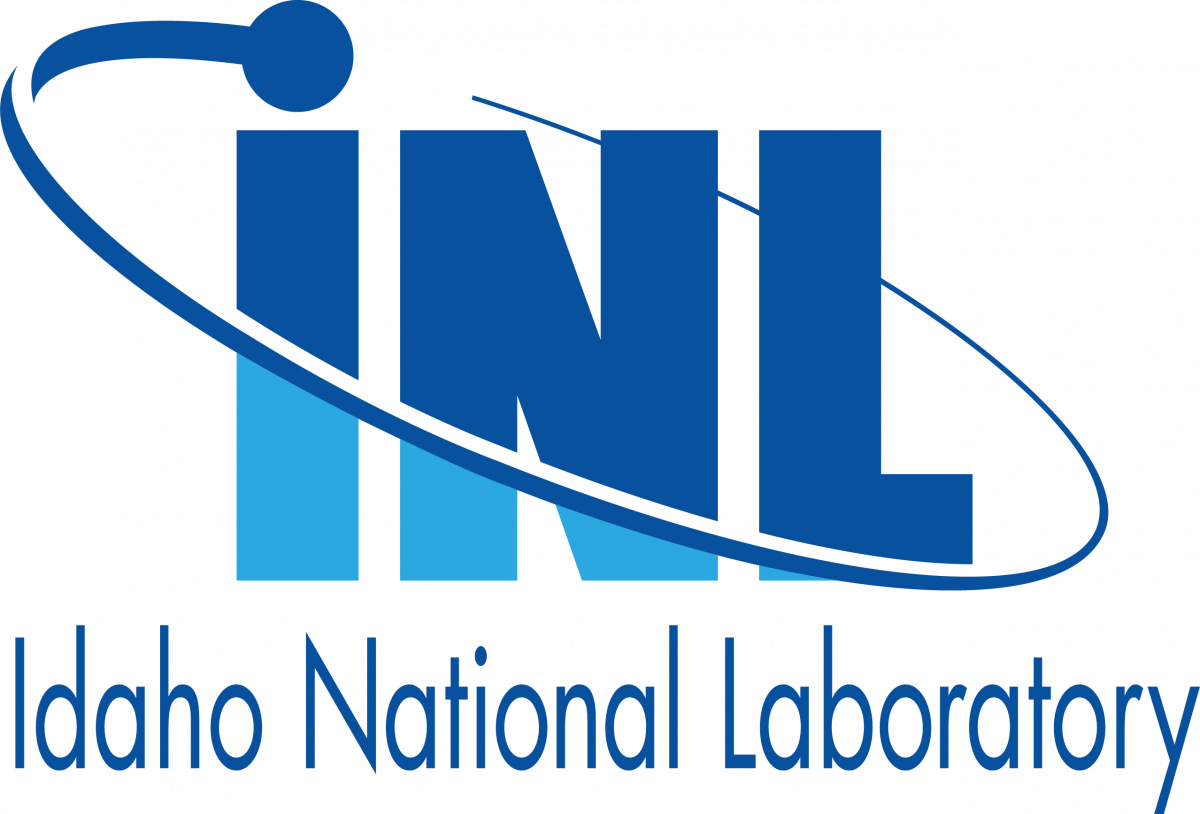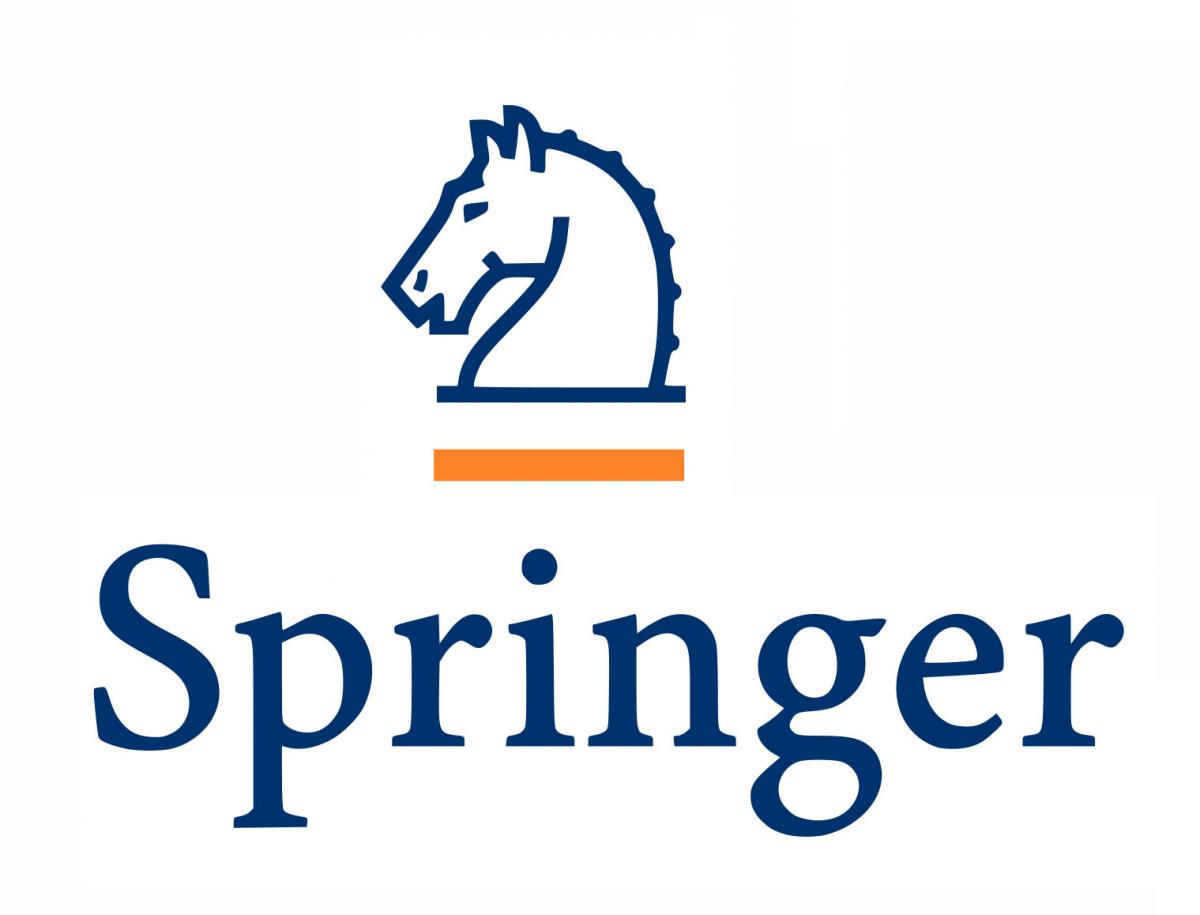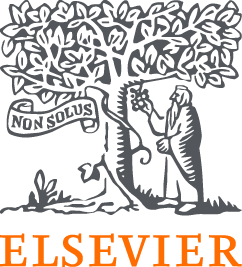Richard Regueiro, University of Colorado Boulder
Remi Dingreville, Sandia National Laboratories
Nathan Miller, Los Alamos National Laboratory
Matthias Neuner, Stanford University
Christian Linder, Stanford University
Higher order continuum theories involving additional field variables (generalized continua), gradients of fields or internal state variables, or nonlocal representations, have been developed over the past century in an attempt to capture underlying microscopic material scale behavior within macroscale, continuum field theories. With the development of advanced experimental diagnostics (such as ultrafast computed tomography) achieving higher spatial and temporal resolution, these theories have become richer in their representation of underlying microscale behavior and thus have gained more applicability in multiscale analysis. A question to ask then is which numerical methods are suitable for implementing such theories computationally, including finite difference and volume methods, the finite element method, isogeometric analysis, the material point method, meshless methods, and the like. Once implemented numerically, other issues include (i) application of boundary conditions, (ii) communication between non-overlapping micro and macro domains, (iii) adaptive spatial and temporal resolution, (iv) continuity requirements, (v) overlapped couplings for upscaling underlying direct numerical simulation data, and (vi) demonstration of spatial discretization independence, to name a few. Thus, this minisymposium provides a venue for researchers interested in any aspect of computational generalized continua, gradients, and nonlocal mechanics to present their recent work and interact with other researchers also working in the area.











